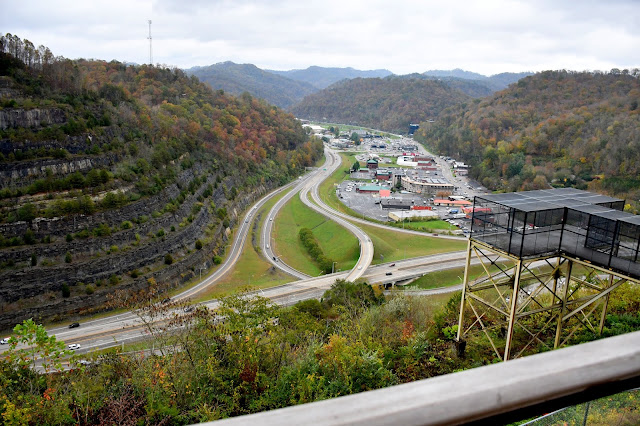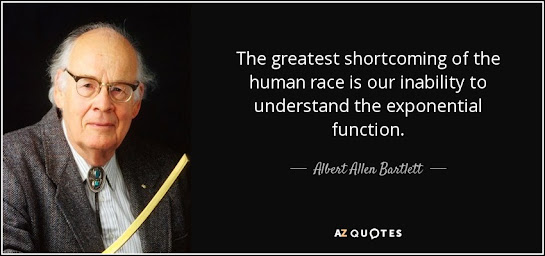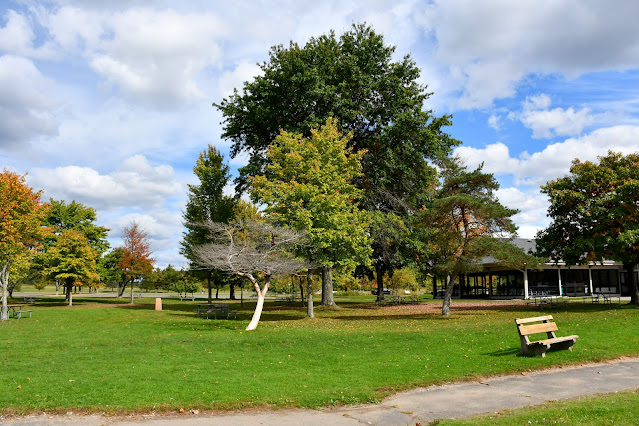How Safe, Secure, and Sustainable is the Electrical Grid?
I haven't been able to spend much time writing this summer, as I have been quite busy with a project which has taken far longer than I would have ever imagined. It might be autumn before I actually finish this article, come to think of it. This article combines some of my other articles in a slightly different manner and combines them with two videos and a website which explain the electrical grid.
The reason I think it is necessary to explain precisely what the electrical grid is and how it is made up and the components which comprise it is because most people have no clue how complex and complicated this system of energy delivery really is. Furthermore, even fewer people realize what kinds of losses (see these articles here and here) are incurred by this delivery system, which are extremely substantial. One thing I constantly see people who advocate EVs talk about is the efficiency of an EV. This is true; however, the devil is in the details. While EVs are more efficient than ICE cars, the delivery system which provides the energy source for ICE cars is more efficient by far than the system which delivers the energy source for EVs. Quotes taken from both articles indicate that one estimate is that transmission losses amount to 17% and distribution losses amount to 50%. Put into BTUs, generating electricity, we lost 22 quadrillion BTUs from coal, natural gas, nuclear, and petroleum power plants in 2013 in the USA - this is more than the energy in ALL the gasoline we use in a given year. Then, transmission and distribution losses on the grid amounted to 69 trillion BTUs in 2013 - about how much Americans use drying our clothes every year.
Needless to say, claims that EVs are far more efficient than ICE cars must be discounted considering that those claims don't take into consideration the delivery system used to provide the energy for both types of cars. People advocating EVs as a way to reduce emissions need to realize that utilizing EVs is not a way to reduce emissions. The only way to accomplish that is to reduce ecological overshoot, which requires reducing technology use. In other words, EVs versus ICE cars is a false dichotomy no differently than coal-fired electricity versus wind turbines and solar panels. A much better plan is to reduce ALL electricity usage regardless of how it is generated and reduce driving of ALL cars regardless of what type of car it is.
Before going into more about the grid, I just want to take the time to point out that many people think electrification is the way of the future and that this is unfortunately just a fantasy. I have provided countless articles with numerous supporting documents and studies, including this one which point out that this just isn't going to happen.
The electrical grid is a massive piece of infrastructure that generally only gets attention when it fails or is implicated in wildfires or other disasters. Because of this, most people pay little if any attention to the increasing complexity and size of the grid. I have mentioned many times in this blog that few people comprehend the electrical grid the way someone who works with this equipment does (I used to work as a commercial and industrial journeyman electrician). I have written articles dealing with the layers of infrastructure that support industrial civilization and have discussed how the infrastructure here in the US is literally crumbling everywhere. While I have pointed out precisely how and why technology and technology use are unsustainable (here and here and here) and how the electrical grid (like much of industrial civilization) will cease to function over the coming decades due to a lack of hydrocarbon energy to power it and build subsystems (wind turbines, solar panels, hydropower dams, nuclear power stations, etc.) to provide additional alternative energy sources. We are entering the Great Simplification now as I write this.
Because the electrical grid is generally not understood well by most people, it is difficult to explain to them why its existence is destined to become obsolete this century due to entirely natural causes (energy and resource decline). Even worse, electrical infrastructure is being systematically destroyed in some areas which makes things even more confusing. However, I found a couple of videos which explain the scenario quite well in under 30 minutes for both videos. This segment of a 60 Minutes broadcast in February discusses the relative insecure condition of the electrical grid here in the US. The next video shows just how dependent we are on the electrical grid for literally everything today. The site mentioned in the first video, Grid Security Now!, run by Michael Mabee, is an attempt to get the grid secured. Unfortunately, as I mentioned above, there is nothing to be done in reality as the grid is destined to go down regardless of attempts to "secure" it. There are many people who don't "believe" this assertion despite all the science I routinely post, so I have assembled many articles with plenty of sources about collapse. One article in particular lists several sources for this information, including Sid Smith's new series based on his immensely popular video How to Enjoy the End of the World.
Combining all this information with the information contained here regarding society's dependence on the electrical grid and one can see just how vulnerable we really are. One fact I will add here about nuclear power stations which require grid power for their circulating pumps supplying water to their cooling pools for spent fuel - without grid power, the facility is entirely dependent upon the backup generators to keep the pools at proper temperatures. If the generators do not function properly or run out of fuel or quit working for any reason, what one ends up with is the same situation that happened at Fukushima, Japan. Not all facilities have this requirement, just for the record.
Now that I have explained all of this, here is yet another link which describes more or less the same basic facts. This is the Olduvai Theory from Richard Duncan. Its summary is as follows, quote:
"The Olduvai Theory states that the life expectancy of industrial civilization is approximately 100 years circa 1930-2030. Energy production per capita (e) defines it. The exponential growth of world energy production ended in 1970 (Postulate 1 is verified). Average (e) will show no growth from 1979 through circa 2008 (Postulate 2 is confirmed from 1979 through 2003). The rate of change of (e) will go steeply negative circa 2008 (Postulate 3). World population will decline to about two billion circa 2050 (Postulate 4). A growing number of independent studies concur (see text)."
The theory obviously didn't take into consideration the fracking revolution and the financial tricks played with credit to obfuscate the predicament of energy and resource decline, which gave us an extra decade (from 2008 to 2018).
Update 3-18-23: This article describes the effects of a High-Altitude ElectroMagnetic Pulse (HEMP) on the electrical grid and nuclear power stations. Caution: this article may increase anxiety to an extreme level.
Update 7-22-23: The electric grid could be down for years if Large Power Transformers are destroyed.
Update 6-6-25: Check out this informative and well-researched article by Elisabeth Robson regarding propaganda and how it has been and is being used to facilitate increasing dependence upon the electrical grid.
So, in conclusion, we have determined that the electrical grid isn't any more "safe" than any other energy system/set of infrastructure, that it is not secure and can be taken down at will, and that it is entirely unsustainable at today's scale, no different than every other form of technology.
Once one understands just how unsustainable industrial civilization is, and that even civilization before industrialization was unsustainable, he or she can fully appreciate why all these attempts to solve predicaments will not end well because predicaments don't have solutions - they have outcomes.











Excellent, Erik! Thanks.
ReplyDeleteGreat article Eric.
ReplyDelete